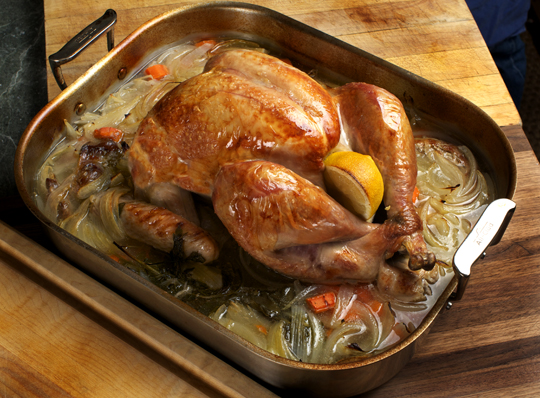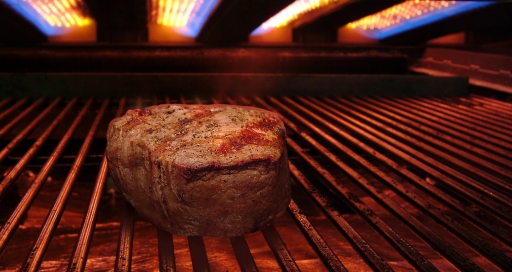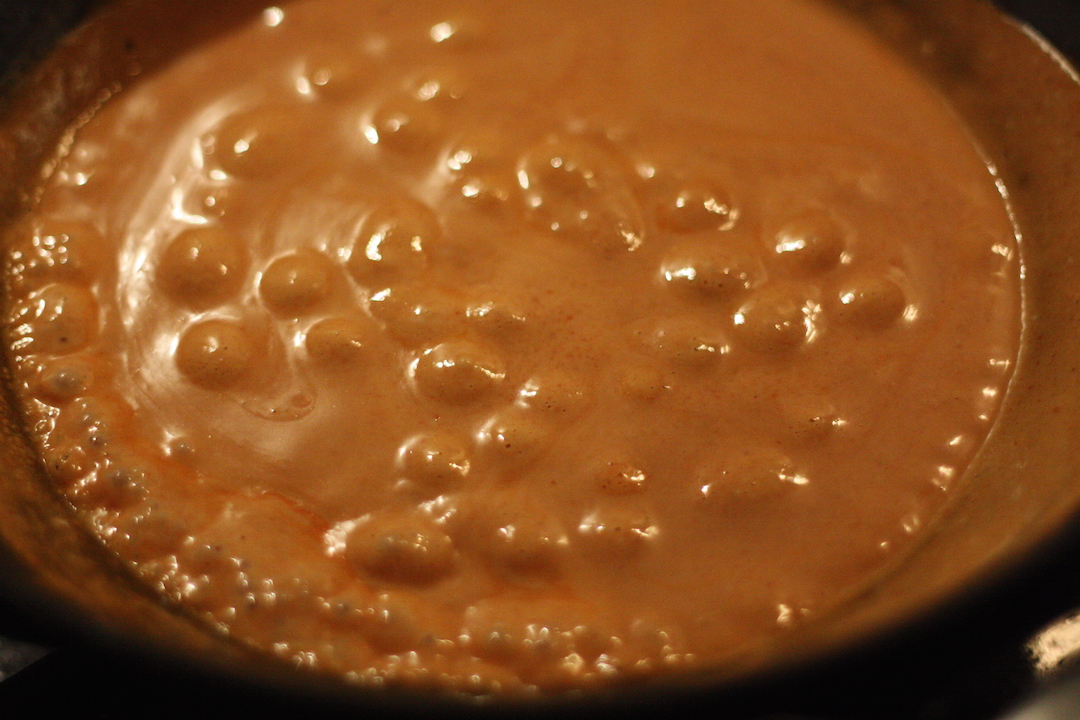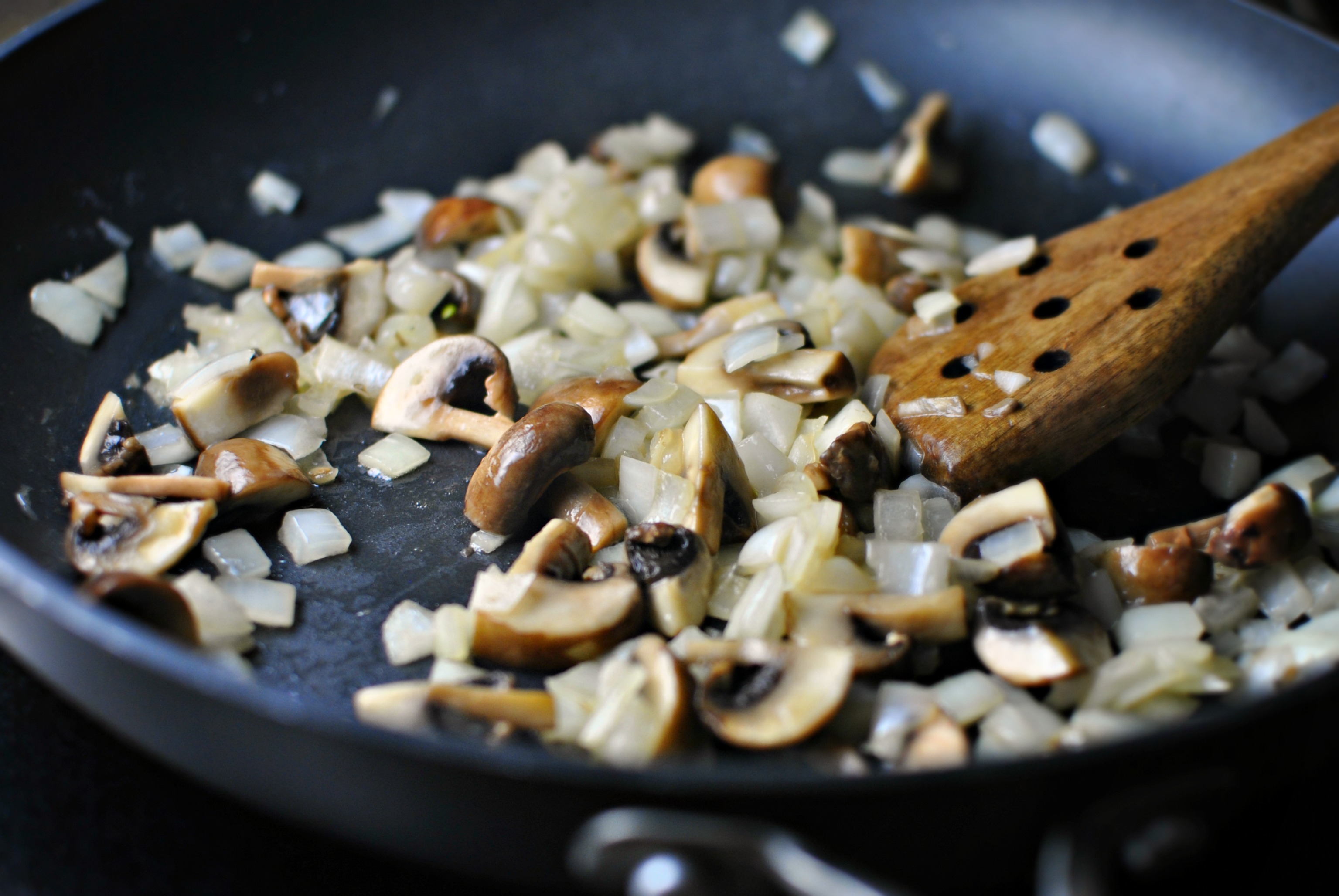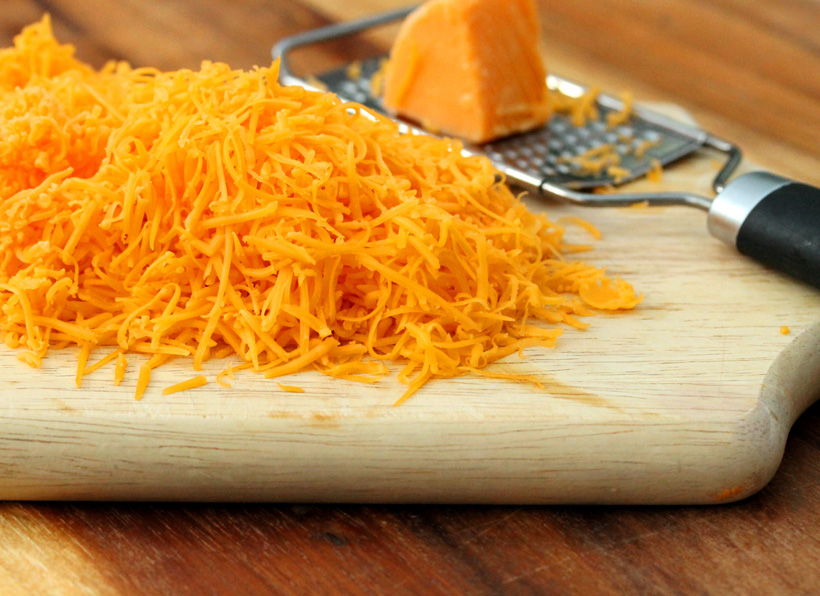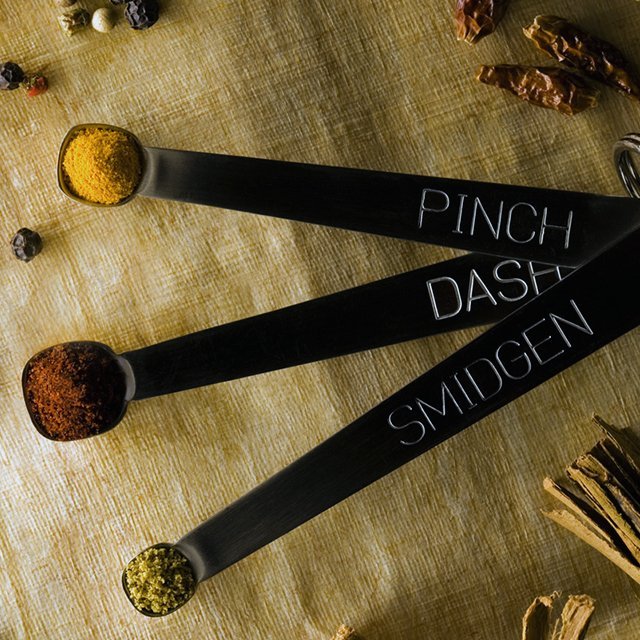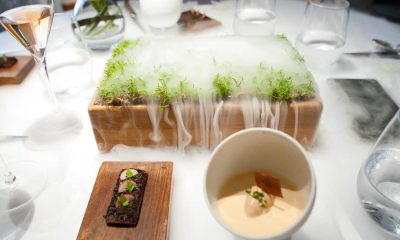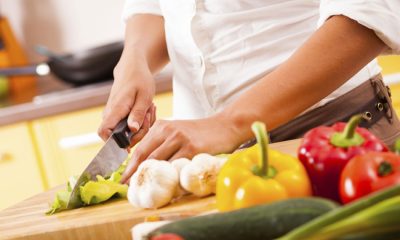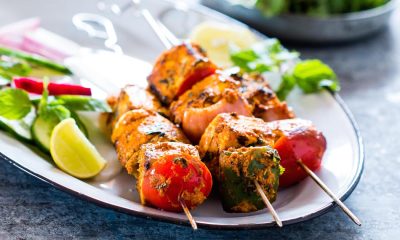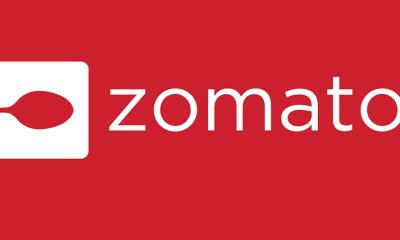General
9 Cooking Term Mix Ups You Need To ‘Unmix’ Before You Step Into The Kitchen
Being able to cook at home isn’t that hard – all you have to do is follow the recipe. Easy peasy! Unfortunately, when the recipe is full of a bunch of confusing terms that are alien to us novices, things get more difficult. Suddenly we feel that Maggi would’ve been a better option where you’ve to boil stuff rather than broil (because you don’t know what that mean). Here are 7 sets of terms you absolutely must demystify in your head before you get cooking.
-
Chopped | Diced | Minced | Sliced
Chopped: Chopped usually means to cut your vegetables into large squares. Generally, this means ½ to ¾ inch pieces, but a recipe may tell you exactly how big to make those chunks. Chopping usually has more flexibility on the exact size than other methods.
Diced: Diced are basically small chops. This would mean around a ¼ to 1/8 inch chunks of food. Often you’ll get specific instructions like “dice into 1/8-inch squares” in the recipe. Always praise the Lord at such moments!
Minced: When a recipe tells you to mince something, it wants you to cut it as small as you can with a knife. You’ll run into mincing every now and again but most commonly with garlic.
Sliced: Sliced is exactly what it sounds like: slices. For slices, just cut vertically down on your food and you’re done. Typically you can slice these as thick or thin as you prefer, but recipes will occasionally recommend a thin or thick slice.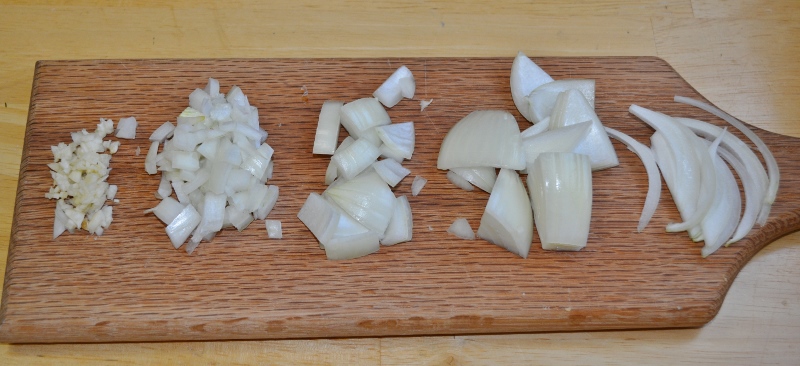
-
Roast | Grill
Roast: While roasting, the oven is essentially just an insulated box, and the air inside the oven is raised to a preset temperature in order to convey heat to the food. Moreover, Roasting uses more indirect, diffused heat and is suitable for slower cooking of meat in a larger, whole piece.
Grill: Grilling takes place over a gas or charcoal flame, giving it more in common with traditional open-fire roasting than the modern oven variety. Also, Grilling usually involves quite a lot of direct, radiant heat, and tends to be used for cooking quickly meat that has already been cut into pieces.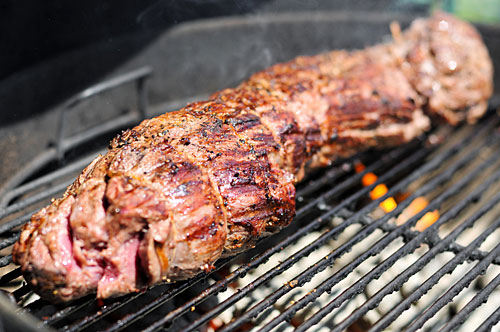
-
Braise | Baste
Braise: Braising means cooking food slowly over a low heat in a small amount of liquid. This technique is normally used to cook large slabs of meat but chicken legs, chuck steak and pork chops can benefit from a good braising as well.
Baste: To baste means to moisturize food during cooking so that the surface doesn’t dry out. You basically take the liquid that has been accumulating in the bottom of the cooking dish and pour it over your meat. Basting keeps the meat moist, juicy and tender.
-
Bread | Dredge
Bread: No, not the one you have with butter. When you’re cooking, to bread means to coat with crumbs like breadcrumbs or cornmeal crumbs.
Dredge: This is how you get that crispy skin on fried chicken. To dredge means to coat your food lightly with all-purpose flour, corn flour or breadcrumbs before frying.
-
Broiling | Boiling
Baking: Baking is all about surrounding your food with a consistent temperature and cooking it from all sides. So, when you’re baking something, the entire oven reaches a temperature and cooks the entirety of your food as a whole.
Broiling: Broiling works by exposing your food to direct heat much like a grill. When you turn on your broiler, you’ll see a large flame at the top of your oven. You’ll usually then set your food right under that flame to cook it quickly.
-
Simmer | Boil | Parboil
Simmer: To keep a pot simmering you want to bring it to a boil and then reduce the heat slightly to a point where you don’t see bubbles anymore. Simmering is meant to get food hot quickly without the harshness of boiling.
Boil: Water boils at around 100 degree C depending on your altitude, and it usually requires turning your stove up to the maximum temperature so your water bubbles up. Boiling is good for vegetables, starchy foods like rice or noodles, and older chunks of tough meat.
Parboil: Parboiling means to boil until partially cooked. Normally food that’s been parboiled is completed by another cooking method. This is very useful technique for stir-fries because the various ingredients have different cooking times.
-
Sauté | Pan Fry | Stir Fry
Sauté: Sautéing means cooking small chunks of food over a medium-high heat with oil in a pan. You’ll usually move the food around with a spatula as you cook it and your goal is to brown the food slightly without burning it.
Pan Fry: Pan-frying is when you cook larger chunks of food like chicken breasts or steak over a medium heat. You’ll generally only flip your food once when pan frying your food.
Stir Fry: The difference between stir-fry and sauté lies firstly in the shape on the pan. Stir-fry uses a bowl-like wok. Secondly, stir-frying involves a pool of oil at the bottom of the wok unlike the evenly spread out oil in a pan.
-
Shredded | Grated
Shredded: Shredding is usually done with a grater that has bigger holes. The end result is long, smooth strips that cook or melt slowly because of their size.
Grated: Grating creates tiny pieces of food that look like powder – basically, tiny shreds. This is usually best when you want something like cheese to melt quickly over a dish, or a vegetable to hide away inside a sauce. This is done with the side of the grater with minute holes.
-
Dash | Pinch | Smidgen
All you need to remember between these three little sisters is this:
Dash: 1/8 teaspoon
Pinch: 1/16 teaspoon
Smidgen: 1/32 teaspoon
Now that you know a roast from a grill and a sauté from a pan fry, get into that kitchen and boil an egg!

